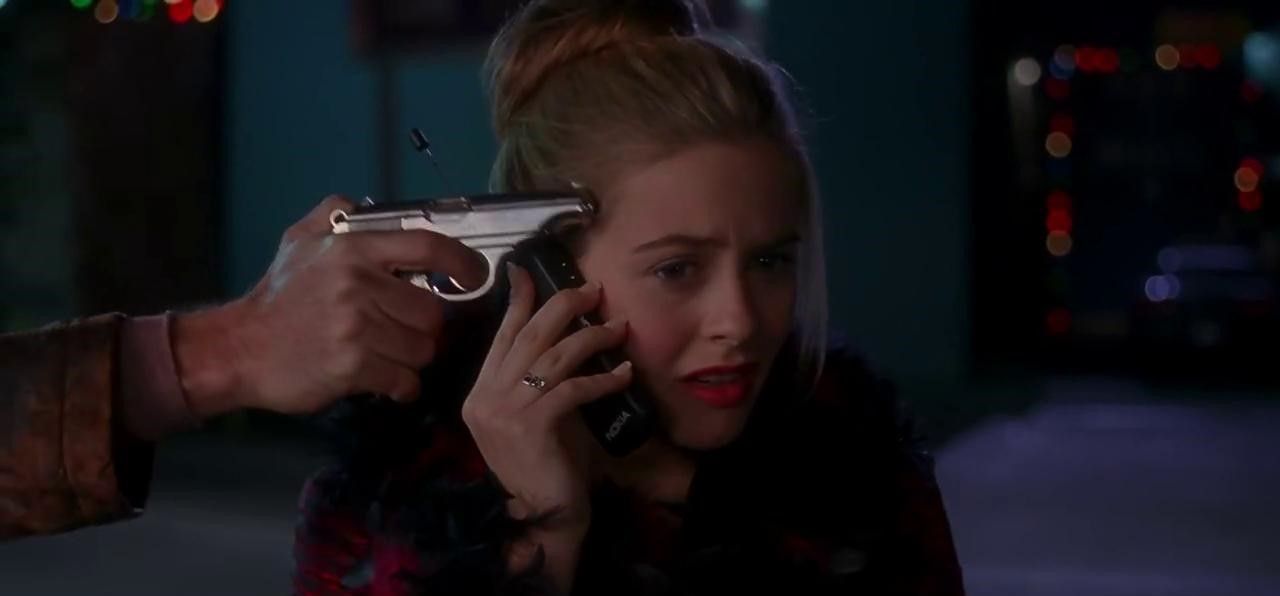By Laurence Boag-Matthews, Third Year Liberal Arts
Cinema has historically relied heavily on adaptations. I have chosen some of my favourite adaptations that stray from their original source material in interesting and unusual ways.
The 1990s-2000s saw a trend of adaptations of classic literature, aimed towards teenagers, updated to fit modern society. 10 Things I Hate About You (1999) and Clueless (1995), based on The Taming of the Shrew (1590-1592) and Emma (1815) respectively, captured and redefined to an extent youth culture.
This was especially the case for Clueless, which developed its own new vernacular, introducing us to the likes of ‘totally buggin’’ and ‘she’s a full on Monet’. In inventing its own language for the teenagers of the film it could be seen as imitating Shakespeare’s own methods, who is thought to have invented over 400 words through his plays.
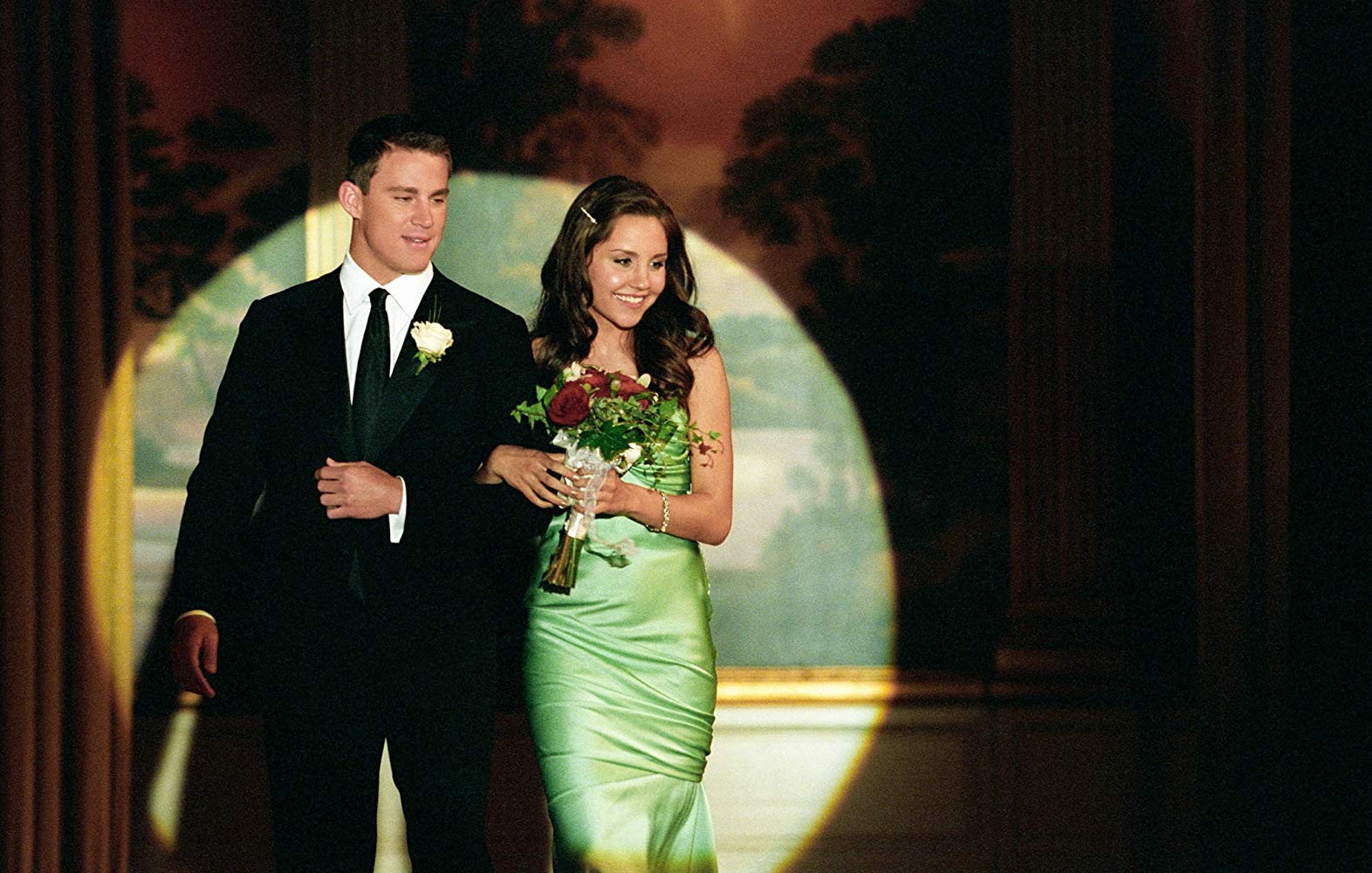
The classic Amanda Bynes and Channing Tatum film She’s the Man (2006), takes Twelfth Night (1601-1602) as its source material, placing the wholly Shakespearean trope of cross-dressing into a quintessentially early-00s context.
This trend towards adapting classical texts for a young audience is so successful as the filmmakers take an already established, familiar narrative that is proven to work dramatically and update the surface details and dialogue. Through this they deliver on aesthetically appealing to the target audience while being supported by a strong narrative framework.
▶️ Heath Ledger Interview for ‘10 Things I Hate About You’ on @ENews in 1999.#HeathLedger #10ThingsIHateAboutYou #PatrickVerona #Shakespeare #90s #TBTpic.twitter.com/oY4W0zh2C6
— Heath Ledger (@HeathLegend) April 10, 2019
Many love stories are versions of Romeo and Juliet (1595-1597) without being direct adaptations. The forbidden love element resonates so strongly to this day. However, it is true that adaptations of the original Shakespeare play have been able to do particularly interesting things with the source text due to the timelessness of its basic storyline.
Baz Luhrmann has also adapted other texts ‘interestingly’, though debatably less successfully - The Great Gatsby (2013) is a great example of this. His Romeo + Juliet (1996) blends original dialogue from the play with a modern setting, jukebox soundtrack, and appropriately aged actors - in the Shakespeare, Juliet is 13, which may not have sat well with a modern audience - to great effect.
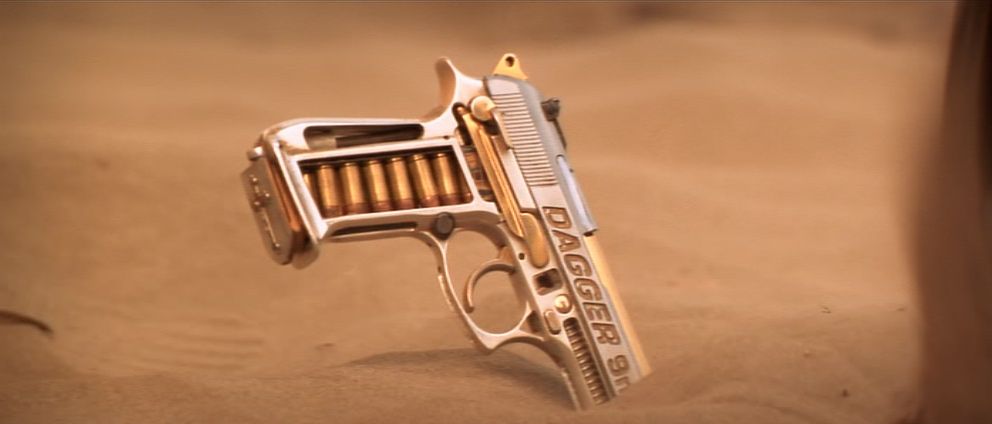
Leonardo Dicaprio plays Romeo at the height of his teen hearthrob-ness: his introductory shot reveals him silhouetted against a sunset, blonde hair falling across his eyes. Claire Danes is a captivating Juliet, first shown dressed as an angel, and generally in white throughout the film. Anyone who has seen the film will likely remember the meeting of the two lovers spotting each other through a fish tank in the party scene as one of the most enduring images of the film.
Filmmakers take an already established, familiar narrative that is proven to work dramatically and update the surface details and dialogue
Another great adaptation of Romeo and Juliet is West Side Story (1961) - also an adaptation of the original 1957 musical, which transforms the Shakespearean story into a narrative around New York gangs and social issues in the 1950s. The play won the Best Picture Oscar along with nine others, including Best Director and Best Original Score, and is one of the most well known and loved musicals of all time.
Taking a sharp turn away from the rom-com genre, Apocalypse Now (1979), transposes the narrative of Joseph Conrad’s Heart of Darkness (1899) into the context of the Vietnam War. While director Francis Ford Coppola has been in the news for some controversial opinions about Marvel movies recently, his track record of filmmaking undeniably places him among the greats.
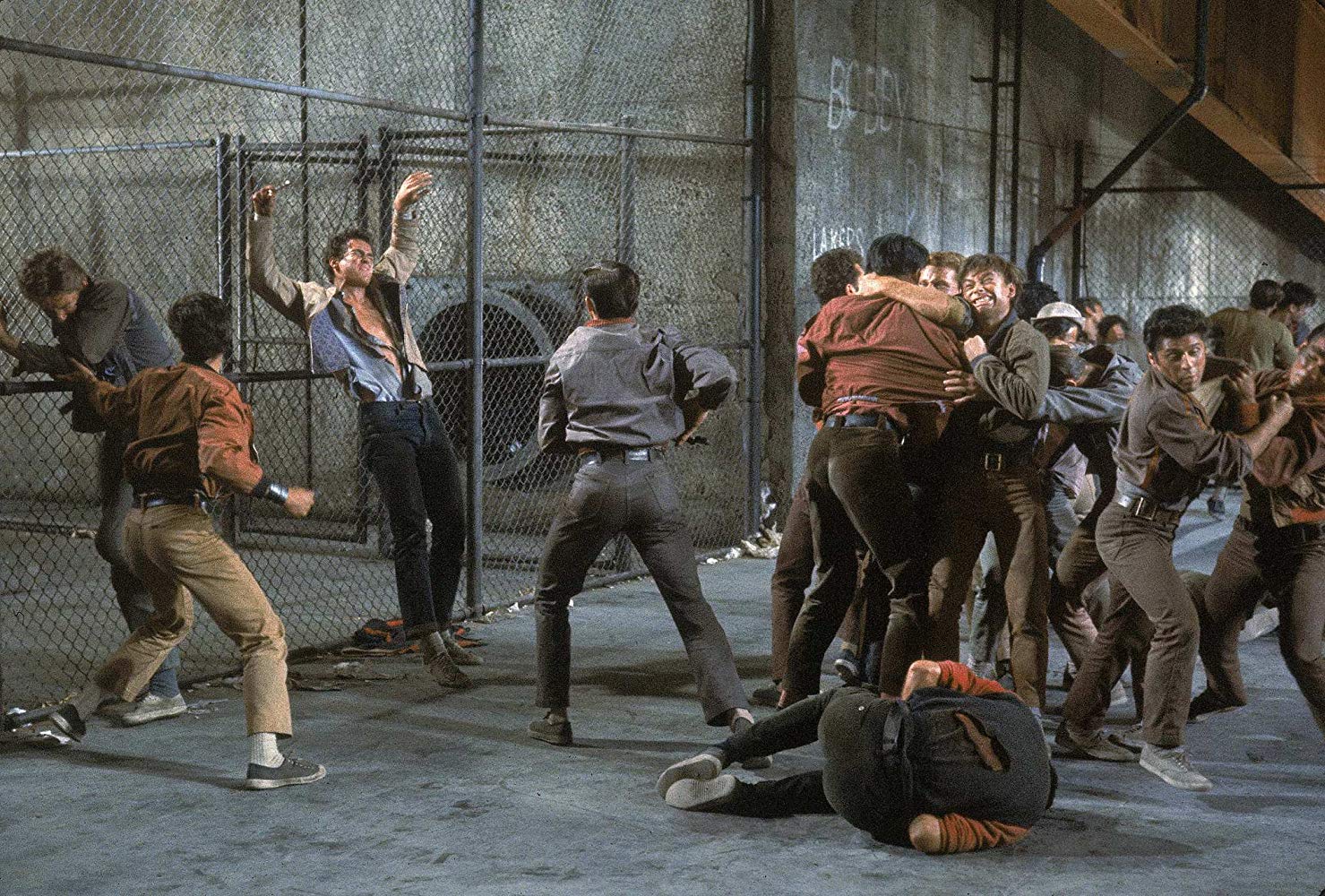
His earlier film The Godfather (1972) is a straightforward adaptation of the source text. Conversely, Apocalypse Now takes character names and basic story elements but fleshes out the narrative with period specific recreations of Vietnam and effectively uses music to capture the mood - famously The Doors’ ‘The End’ plays over the first scene, creating one of the best examples of social commentary on film.
Martin Sheen’s Willard is fantastic as a troubled soldier drawn deeper and deeper into the belly of the beast by his obsession with his target Colonel Kurtz (Marlon Brando) who has gone rogue in the depths of the jungle.
In inventing its own language for the teenagers of the film [Clueless] could be seen as imitating Shakespeare’s own methods, who is thought to have invented over 400 words through his plays
Apocalypse Now had a famously troubled production, Martin Sheen suffered a heart attack during filming, and there was a typhoon which destroyed multiple sets. Furthermore, Marlon Brando’s weight meant that Coppola struggled to work out how to execute the final scenes of the film with Colonel Kurtz; however the use of shadow and a body double works in the film’s favour, with Kurtz coming across as a figure of mystery constantly partially obscured by darkness.
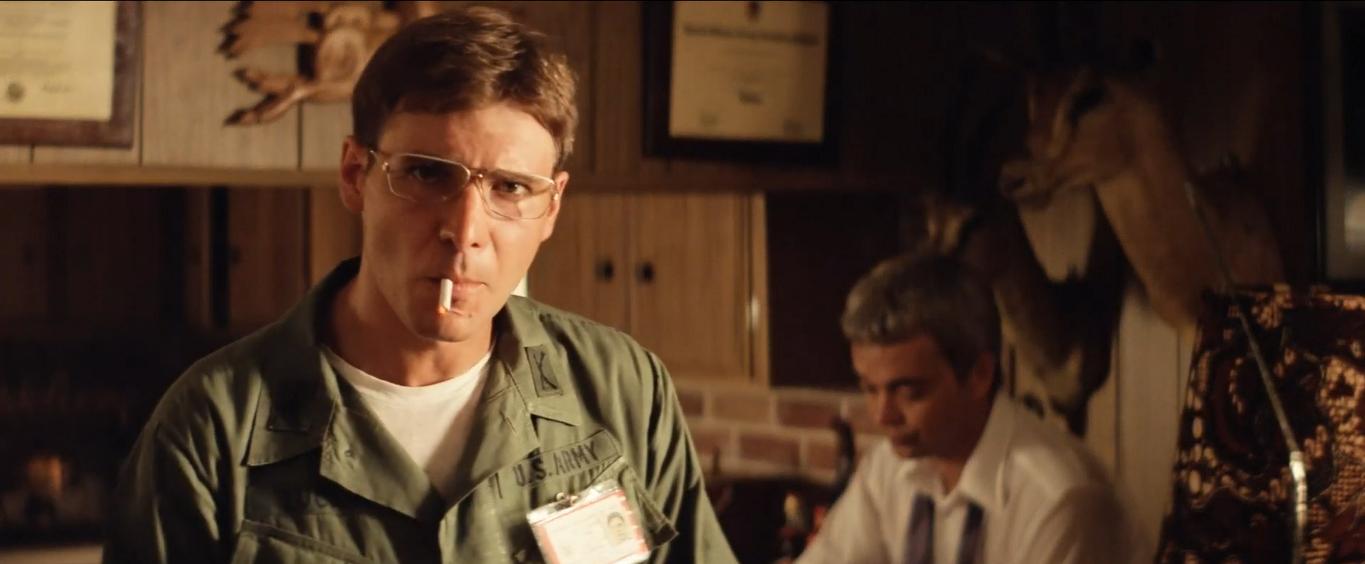
The film ultimately manages to use Conrad’s story - which has variously influenced many other films, most recently Ad Astra (2019) has been compared to the 1899 novella - to comment on the banality and brutality of the Vietnam War.
Cinema has consistently relied upon adaptations, from teen rom-coms to war films and dramas. This trend is unlikely to die out any time soon - so we may as well embrace it.
Featured: IMDb / Paramount Pictures
Which is your favourite of cinema's genre-shifting literary adaptations?

